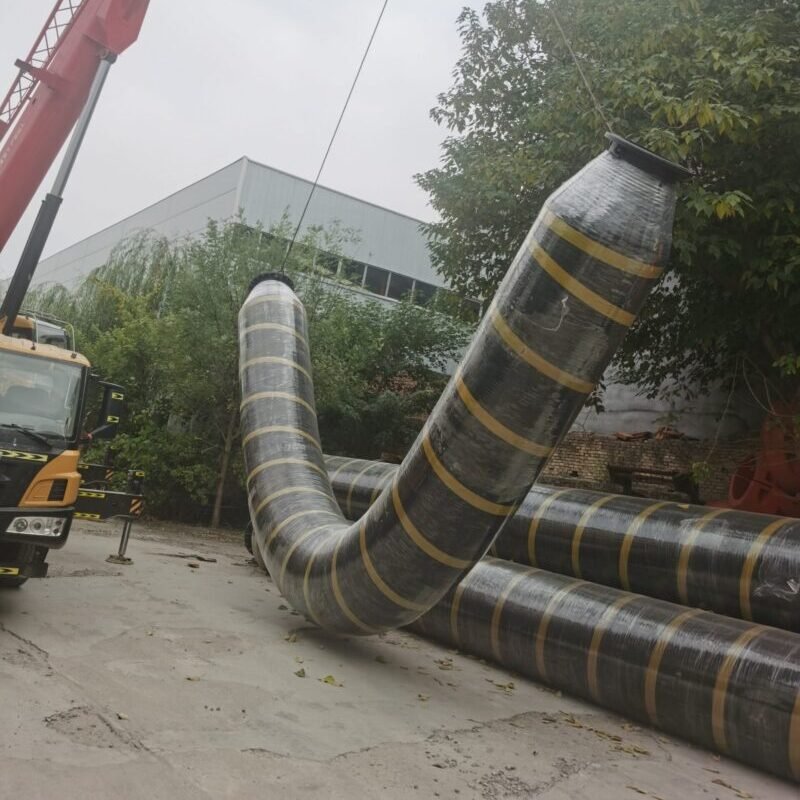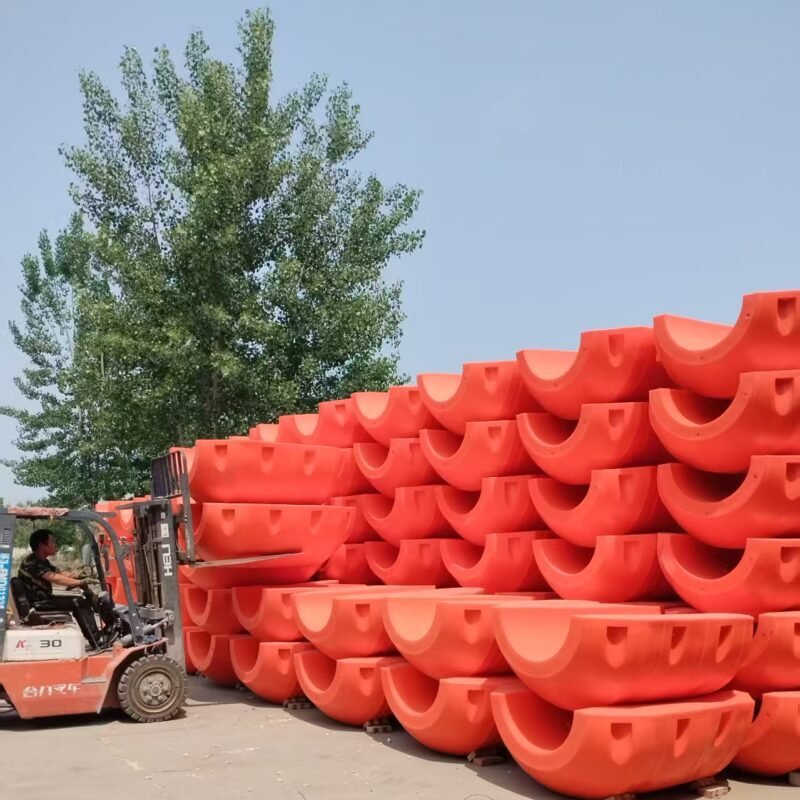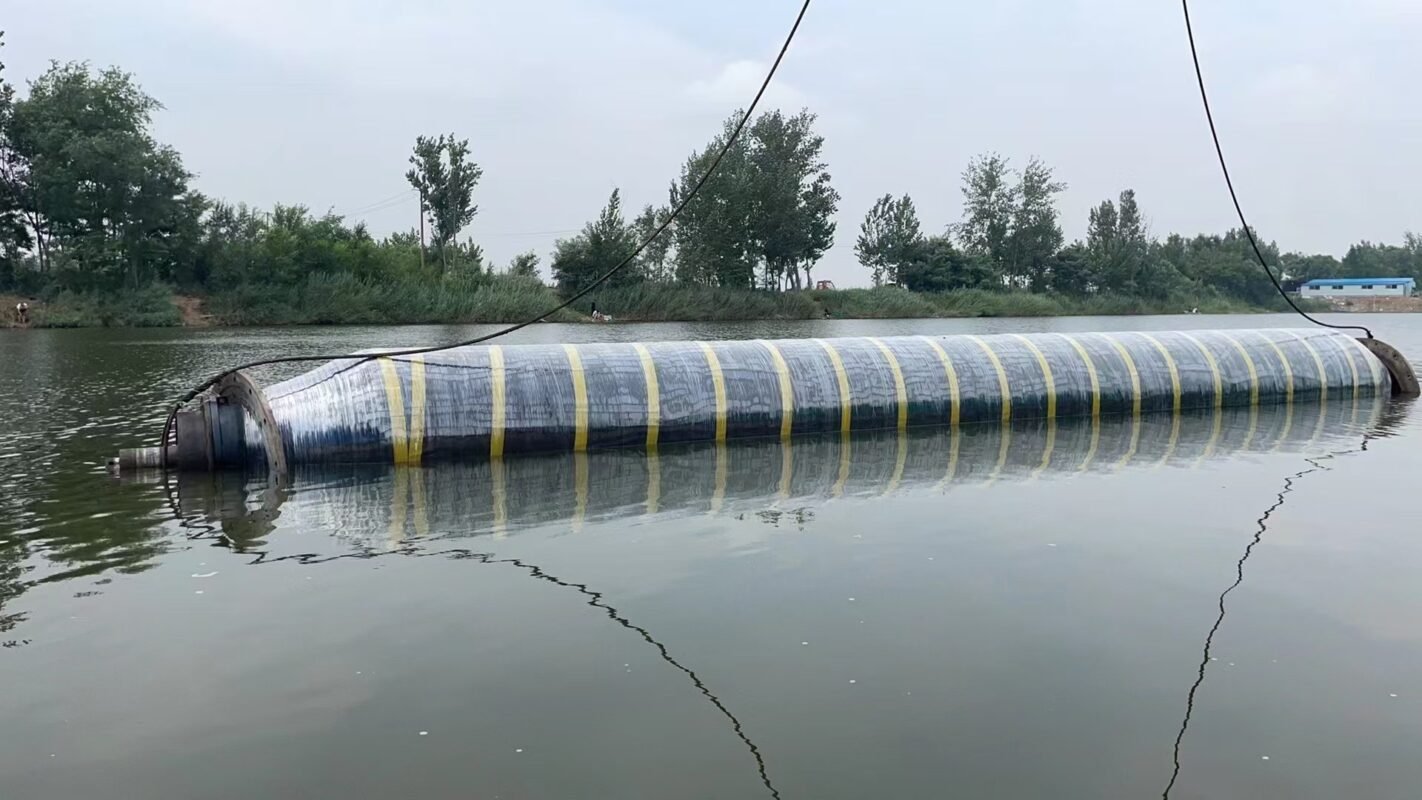How to conduct bending tests on self-floating rubber hoses?

The purpose of the bending test for self-floating rubber hoses is to evaluate their flexibility, resistance to bending fatigue, and structural integrity, typically by simulating actual usage conditions. Here are the steps and precautions for the experiment:
1. Experimental Objectives:
– Verify the hose’s sealing, crack resistance, and buoyancy stability when bent.
– Detect material fatigue, delamination, or deformation after repeated bending.
2. Experimental Equipment:
– Bending tester: Controls bending radius and frequency.
– Fixing clamps: Secure both ends of the rubber hose.
– Measuring tools: Calipers, angle gauges, pressure gauge (if testing performance with water/gas flow).
– Environmental simulation devices (optional): Such as a water tank (to test buoyancy impact), high/low-temperature chambers (to test temperature effects on bending).
3. Experimental Steps:
(1) Static Bending Test:
– Procedure:
1. Fix the rubber hose horizontally, leaving a free length at both ends (e.g., 1 meter).
2. Slowly bend it to a specified angle (e.g., 90°, 180°) or minimum bending radius (refer to product standards).
3. Maintain the bent state for 1-5 minutes, checking for surface cracks, bulges, or float material delamination.
4. Return to straight position, observing for permanent deformation.
(2) Dynamic Bending Fatigue Test:
– Procedure:
1. Set bending frequency (e.g., 10 times per minute) and cycle count (e.g., 1000 cycles) on the bending tester.
2. Simulate actual working conditions (such as water flow, pressurization, or immersion), periodically stopping to check:
– Leakage (pressure test or visual inspection).
– Buoyant material displacement or damage.
– Outer layer cracking, inner layer peeling.
(3) Buoyancy Stability Test (for self-floating properties):
– Procedure:
1. Submerge the bent rubber hose in water, checking if it still floats evenly.
2. Measure buoyancy loss (using displacement or weighing method).
4. Key Parameters:
– Bending Radius: Typically 5-10 times the tube diameter (based on standards or design requirements).
– Bending Angle: Commonly 90° to 360°.
– Cycle Count: Based on application scenarios (e.g., thousands of cycles for marine engineering).
– Environmental Conditions: Temperature, medium (seawater, oil, etc.) may affect results.
5. Evaluation Criteria:
– Acceptance Criteria:
– No leakage, cracks, or structural separation.
– Buoyancy loss ≤ 5% (based on design requirements).
– Maintains flow after bending (if used for fluid transport).
6. Precautions:
– Safety Operation: Prevent explosions during pressure testing, wear protective gear.
– Standard Reference: Refer to industry standards (such as API 17J, ISO 13628-2) or company specifications.
– Data Recording: Record bending force, deformation amount, failure modes (with photos or videos).
7. Common Issues and Analysis:
– Issue: Uneven buoyancy after bending
Reason: Uneven distribution of buoyant material or internal structure compression due to bending.
– Issue: Cracking of outer layer
Reason: Insufficient bending resistance of rubber formulation or too small bending radius.
Through these experiments, the bending performance of self-floating rubber hoses can be comprehensively evaluated, ensuring reliability in practical applications. It is recommended to adjust parameters based on specific working conditions and obtain third-party certification if necessary.




